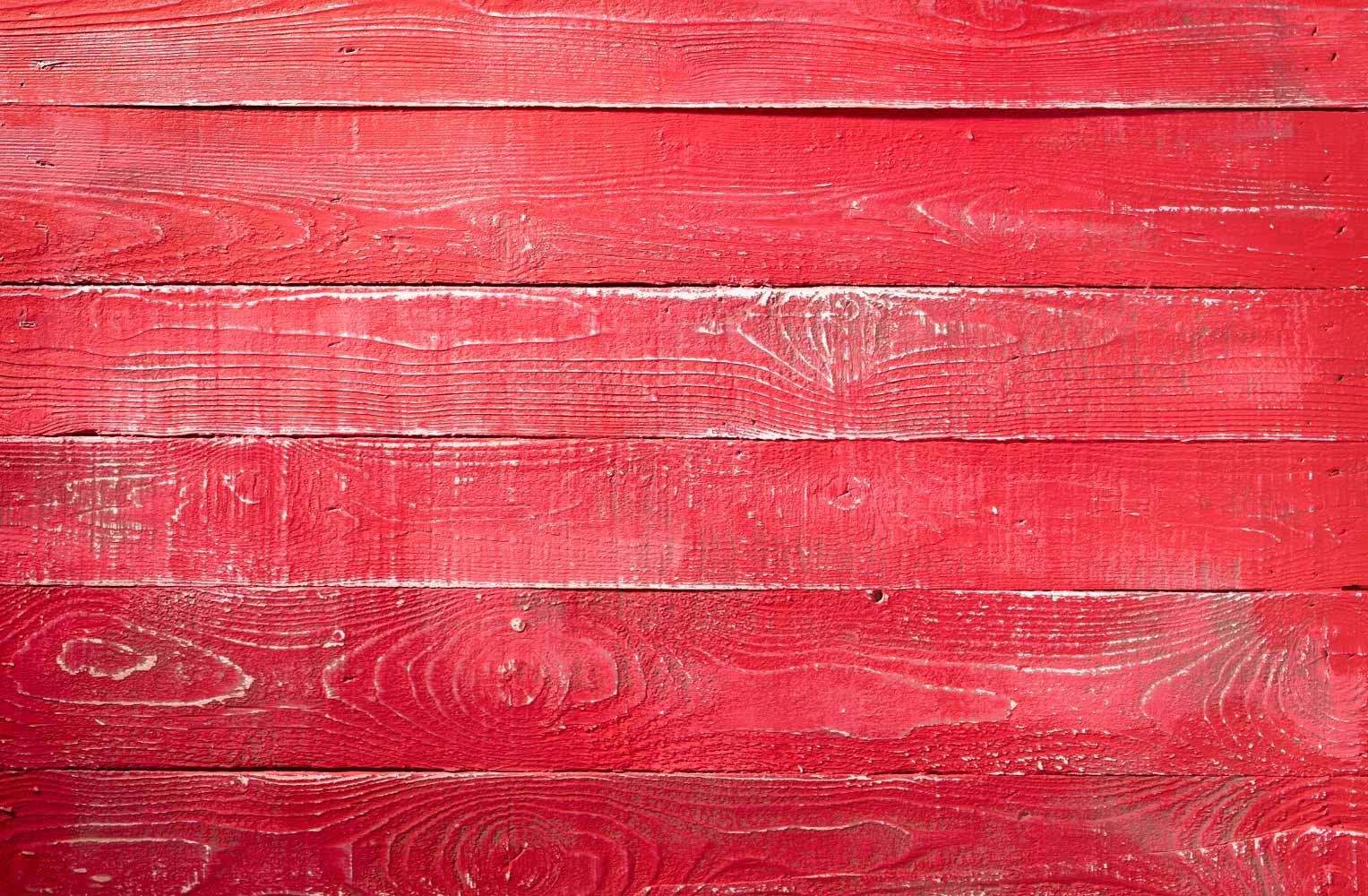
Elements of Art: Space
Notes and Examples of How to Create the Illusion of Space
Space
Space means the area in and around an object.
Space can describe empty or full areas, areas that are far away or nearby, and areas that are huge or small.
Artists show two kinds of space, positive and negative.
Positive space is the area occupied by an object.
Negative space is the area around the object, which defines the object’s edges.
Example of:
Historical Example of :
2. overlapping
3. atmospheric perspective (less detail further away
Gustave Caillebotte, Paris Street, Rainy Day, 1877. Oil on canvas, 83 ½” X 108 ¾”. The Art Institute of Chicago, Chicago, IL.
Historical Example of:
Auguste Rodin, The Cathedral, original stone version executed in 1908, cast 1955. Bronze, 25” X 12 2/3” X 13 1/3”. Musee Rodin, Paris, France.
Historical Example of:
Jasper Johns, Cups 4 Picasso, 1972. Lithograph, printed in color composition: 14 1/8” X 32 ¼”. Museum of Modern Art, New York.






